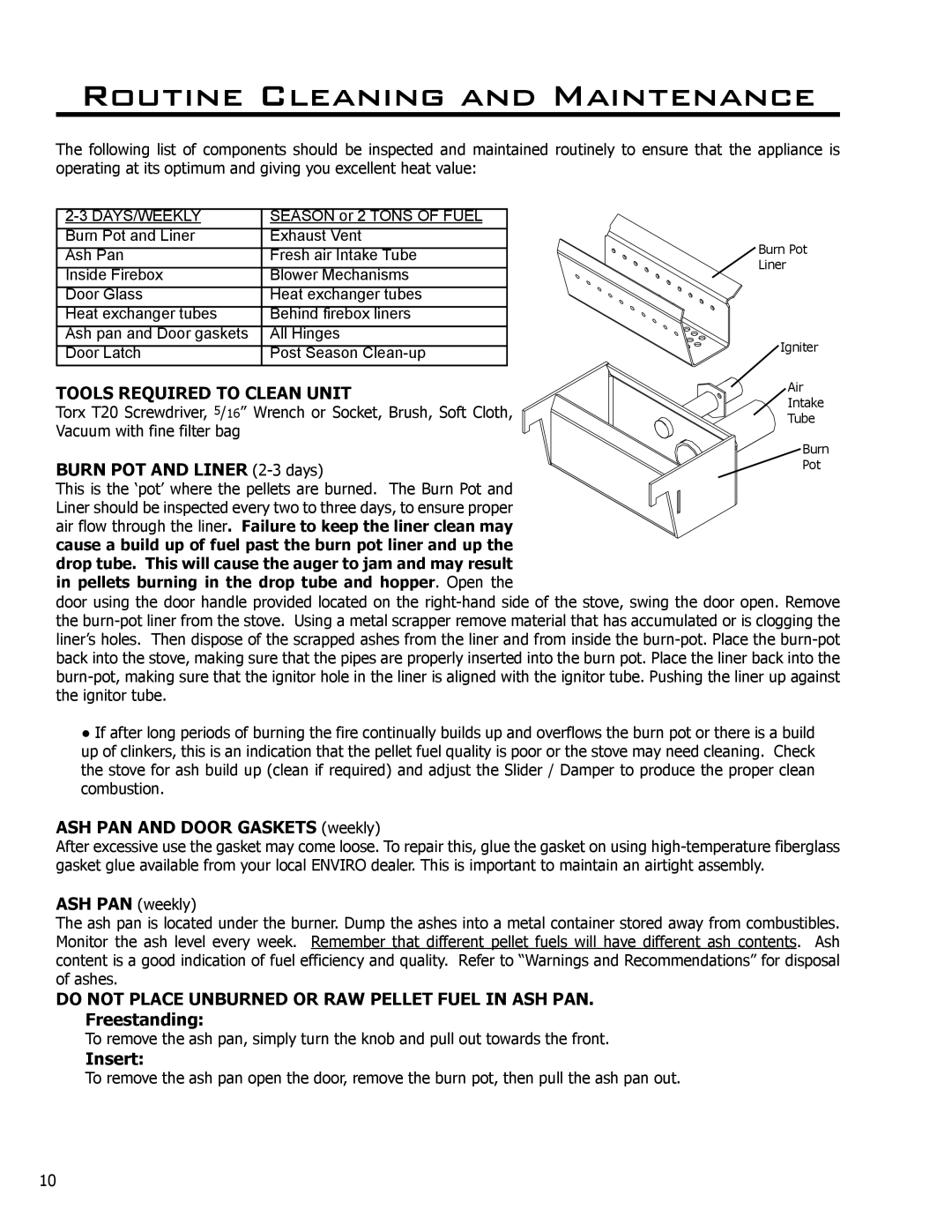C-10135 specifications
Enviro C-10135 is a cutting-edge solution that has emerged to address the growing concerns in environmental management and sustainability. Designed to meet the demands of modern industries, it incorporates a wide array of features and technologies that set it apart in the field.One of the standout characteristics of Enviro C-10135 is its innovative waste management capabilities. The system employs advanced sorting and recycling technologies that enable efficient separation of contaminants from recyclable materials. This not only streamlines the recycling process but also significantly reduces the volume of waste sent to landfills. With a focus on circular economy principles, Enviro C-10135 helps industries adopt more sustainable practices while minimizing their environmental footprint.
The technology behind Enviro C-10135 is grounded in real-time data analytics. Integrated sensors monitor environmental conditions and waste composition continuously. This data is processed using advanced algorithms that provide actionable insights for waste management strategies. As a result, users can optimize operational efficiency, reduce costs, and enhance compliance with regulatory requirements.
Another key feature of Enviro C-10135 is its adaptability. The system can be customized to fit the specific needs of various industries, ranging from manufacturing to hospitality. Manufacturers can modify its settings to handle different types of waste, while facilities in the hospitality sector benefit from tailored solutions for food waste and packaging materials. This versatility makes Enviro C-10135 an attractive choice for businesses of all sizes.
Energy efficiency is also a salient characteristic of the Enviro C-10135. The system is engineered to minimize power consumption without compromising performance. It employs energy recovery technologies that harness excess energy generated during waste processing, which can be redirected for operational needs. This aspect not only lowers operational costs but also contributes to sustainability goals.
In addition to its technological prowess, Enviro C-10135 is user-friendly. The interface is designed to provide intuitive navigation for operators, easing the learning curve and ensuring efficient operation. Training programs and support are also available to assist users in maximizing the system's potential.
In summary, Enviro C-10135 is at the forefront of environmental technology, offering advanced waste management features, real-time monitoring and analytics, adaptability for various applications, energy efficiency, and user-friendly operation. As industries strive to meet sustainability targets, Enviro C-10135 stands as a vital asset in achieving these goals and fostering a cleaner, more sustainable future.

